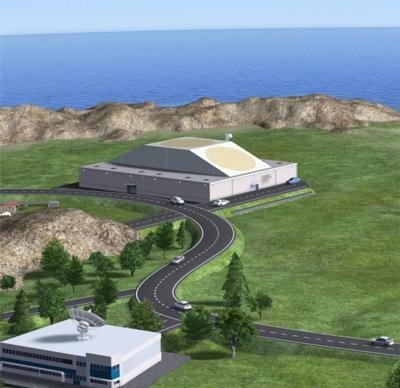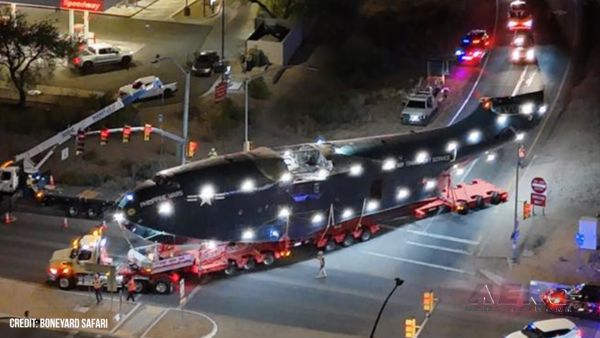Thu, Sep 13, 2012
System To Be Designed For Early Detection Of Space Debris
The European Space Agency (ESA) is developing a new radar as part of the Agency’s Space Situational Awareness program. The radar will test future debris monitoring techniques, helping European satellite operators avoid space hazards and increase safety in Earth orbit. ESA and France’s ONERA – Office National d’Etudes et Recherches Aérospatiales – research center have signed a $5.1 million contract that will see the French organization and five industrial partners in France, Spain and Switzerland design a test surveillance radar and develop a demonstrator model. Work begins this month.

“The agreement significantly increases European industrial competitiveness and capabilities in this field,” says Nicolas Bobrinsky, Head of ESA’s Space Situational Awareness (SSA) Preparatory Program. Early debris detection is crucial to help warn satellite operators of collision risks and enable avoidance maneuvers to be made. The radar will make use of ‘bistatic’ technology, following an earlier, parallel contract between ESA and Spain's Indra Espacio SA to develop a test radar that uses the ‘monostatic’ approach.
“Both radar designs will help test and validate techniques for observing orbital debris by conducting comparative testing,” says Gian Maria Pinna, Ground Segment Manager in ESA’s SSA office. “The two radar demonstrators will be part of an initial complex network of sensors, which will also make use of optical telescopes and data processing centers for observation of debris objects in all orbital regions. While radar technology works most efficiently for the detection of objects in low and highly elliptical orbits, optical technology is better for objects in medium and geostationary orbits.”
In a monostatic radar, the emitter and the receiver are at the same spot and the energy is emitted in discrete pulses. In a bistatic radar, the emitter and receiver are set up at separate locations and the energy is emitted continuously. For the new test radar, the emitter will be located at a former airport near Crucey-Villages, about 100 km west of Paris, while the receiver will be near Palaiseau, to the south of Paris.
The new contract highlights the strong support to European industry provided through ESA’s SSA activities, which began in 2009. “For the development of radar technology alone, the new contract brings the total number of contractors involved to eight, spread across four Member States,” says Nicolas. “This represents a significant return on investment and highlights the abilities of European industry to play an active and autonomous role in developing essential SST assets to help secure safe use of space.”
(Artist's concept of ESA space debris radar provided by ESA)
More News
Aero Linx: International Federation of Air Traffic Controllers' Associations (IFATCA) IFATCA is the recognised international organisation representing air traffic controller associ>[...]
“The BlackBird is more than a demonstrator—it’s a flying testbed for the future of aviation. To see it take flight in such a short time is a testament to our team>[...]
Glideslope Intercept Altitude The published minimum altitude to intercept the glideslope in the intermediate segment of an instrument approach. Government charts use the lightning >[...]
Also: MQ-9B UAS MTC, FlightSimExpo, New JPL Director, Japanese Lunar Lander Preps Merlin’s flight testing campaign continues to rapidly progress with its certification-ready >[...]
From 2017 (YouTube Edition): The Airplane From Down Under Is A Proven Trainer… Jabiru was one of the early light sport aircraft (LSA) brought into the U.S.A. when the sport >[...]
 ANN's Daily Aero-Linx (05.16.25)
ANN's Daily Aero-Linx (05.16.25) Aero-News: Quote of the Day (05.16.25)
Aero-News: Quote of the Day (05.16.25) ANN's Daily Aero-Term (05.16.25): Glideslope Intercept Altitude
ANN's Daily Aero-Term (05.16.25): Glideslope Intercept Altitude Airborne-NextGen 05.13.25: Merlin Tests, Dronetag Accuses, Flying Car?
Airborne-NextGen 05.13.25: Merlin Tests, Dronetag Accuses, Flying Car? Classic Aero-TV: Jabiru's New J170-D - An Upgraded and Fine-tuned LSA
Classic Aero-TV: Jabiru's New J170-D - An Upgraded and Fine-tuned LSA



